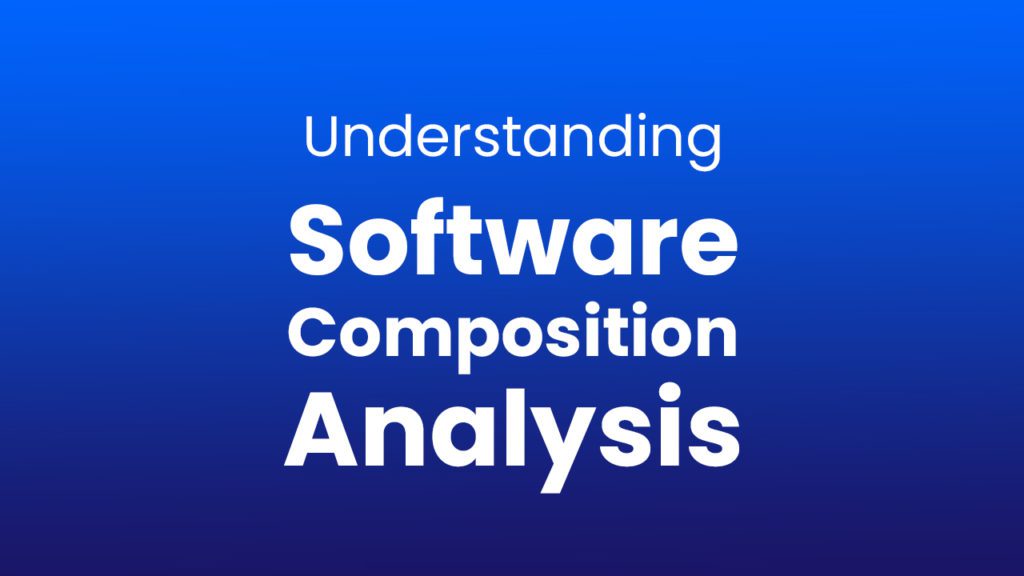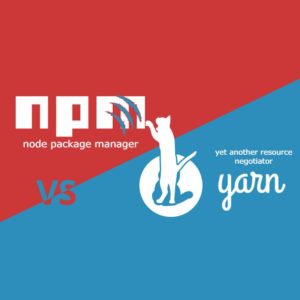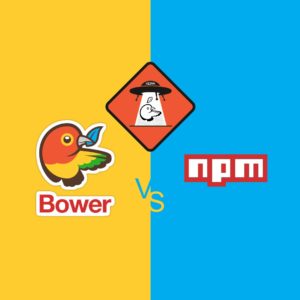Open source is a practical and necessary solution to building applications quickly. However, while OSS creates competitive advantages for market deployment, it also brings increased programming and security risks. The mitigation and remediation of security threats are the primary reasons companies turn to software composition analysis.
What Is SCA (Software Composition Analysis)?
Software composition analysis is a method for inspecting and analyzing open-source components used in a development project. Developers can use an automated tool to quickly and efficiently discover a range of information or bill of materials (BOM) about the OSS, including:
- Related components
- Supporting libraries
- Direct and indirect dependencies
- Deprecated dependencies
- Vulnerabilities
- Software licenses
- Potential exploits
Why Use a Software Composition Analysis Tool?
With the growing significance of open-source components in software development, developers and organizations need a way to track OSS. SCA tools provide a cost-effective method for tracking that is crucial to security and productivity.
How To Choose a Software Composition Analysis Tool
There is a vast market of SCA tool vendors. A business needs to consider several requirements when selecting a tool to ensure compatibility and satisfaction, including current and future concerns.
Policy Engine
Policy engines allow for automated and flexible policy management, meaning project development maintains production speed regardless of new tools and processes. With customized policies, developers can set parameters for OSS so the engine can automate the go/no-go decisions, saving time and boosting efficiency.
Developer-Friendly
As SCA tools continue to integrate into more developer workflows, the management of risks will become an expected part of daily activities. For now, with the absence of universality, organizations need to select tools that integrate into existing workflows, allowing for intuitive operation for development teams.
Code Quality and Provenance
Determining code quality and provenance is challenging. Current SCA tools are better equipped to flag security threats than determine the quality of the code source or its long-term dependency. However, future iterations of SCA tools will include guidance capabilities with code selections.
Next-Gen Reporting
Current SCA tools offer various reporting options that are useful to developers and tech-literate stakeholders. While developers use the comprehensive insights well, future reporting should see SCA programs being more inclusive, providing information in both technical and nontechnical interpretations, making its usefulness universal.
Ecosystem Support & Integrations
Integrating an SCA tool requires adequate language coverage and ecosystem support. If the tool does not cover the core languages and frameworks used in web development, it is of little use to the security of the product or team efficiency. For cloud native applications, find an SCA tool that covers several core languages, including:
- Python
- Java
- JavaScript
- Ruby
- Go
- .NET
Dependency Analysis
One benefit of using an SCA tool is end-to-end visibility. When using a selection of OSS, it is challenging to identify all dependencies and the vulnerabilities each introduces. A well-rounded tool can accurately identify all application dependencies to provide complete visibility.
Vulnerability Detection
Vulnerability detection is a critical aspect of web and application development. Businesses should use tools that rely on multiple vulnerability databases and provide reliable updates. Therefore, when selecting an SCA tool, focus on four critical factors:
- Accuracy
- Comprehensiveness
- Actionability
- Timely updates
Prioritization
The number of newly discovered vulnerabilities is continually rising, and it is common for scanned applications to present with hundreds or thousands of issues. Teams cannot fix all the vulnerabilities, meaning they need to prioritize those most worth the effort. An SCA tool should help automate the prioritization process.
Remediation
Before selecting an SCA option, take a thorough analysis of the remediation advice the application provides. Does it offer automated solutions? Is there enough information about the vulnerability and workflows, making the advice actionable?
Automation & Extensibility
Successful DevSecOps require automation of SCA processes, especially in more extensive operations. An effective tool can automate several time-consuming and redundant tasks, creating less workflow friction. It should also allow for integration into existing systems and customization.
Cloud Native Application Security
An SCA program should scan for security vulnerabilities and integrate into team workflows, systems, tools, and tests to benefit containerization practices. A more advanced SCA solution should provide remediation options as well.
How Does Software Composition Analysis Help Reduce OSS Risks?
Applying an “inventory, analyze, and control” framework is how SCA tools provide visibility and guidance about OSS and security risks. With an accurate inventory and an understanding of vulnerabilities and license compliance issues, the tool can offer remediation guidance.
SCA Helps Identify and Analyze OSS Vulnerabilities
With the inventory comes the detection of vulnerable libraries. The tool will then provide essential contextual information, including:
- Affected library version
- Vulnerability descriptions
- CVE and CWE identification
- CVSS scores and severity
- Relationship paths (the introduction of the exploit)
SCA Makes Vulnerability Management More Efficient
With shortages of cybersecurity talent and the increasing boldness of cyberattacks, security teams need time-saving tools. SCA programs improve security efficiency in two critical ways: efficient risk management and governing policies.
Shifting Left Risk Mitigation
SCA integrates into CI/CD pipelines, allowing for continuous code monitoring and preventing the transfer of vulnerabilities into production applications. Additionally, it integrates into the IDE environment, providing quicker identification of vulnerable components and offering remediation options.
Applying Policies at Scale
What is your organization’s risk posture? Some companies merely want to flag package versions for review, while others take a default-deny stance. An SCA scanner allows for the customization and automation of policies regarding OSS vulnerability management.
Open Source in 2022
Older open-source applications allowed for standard application security methodologies because they were monolithic mainframe applications or client-server applications. Newer open-source programs focus on native cloud applications. The future of OSS is NCA, and the cloud computing architecture can present challenges for current SCA tools.
Software Composition Analysis Challenges
When discussing SCA, you are talking about application security methodologies. With the modernization of OSS leaning towards cloud native applications, it is necessary to acknowledge the potential challenges of such tools.
Obscured Visibility
While cloud native applications provide a developmental advantage, they also create visibility concerns and potential security weaknesses. In addition, transient dependencies muddy up the visibility of OSS, creating issues going several layers deep within an image.
Understanding Dependency Logic
An SCA solution must understand how ecosystems handle dependencies. Without understanding the underlying nuances, developers and security analysts will receive much noise and false positives.
Growing Vulnerabilities
The continuous rise of open source vulnerabilities also presents a challenge for visibility and security. While a tool might identify all vulnerabilities in a system, a single development or security team has limited resources. Without tools embedded with advanced security measures, many problems get backlogged, leaving the system vulnerable to potential attacks.
Limited Vulnerability Databases
Vulnerability protection is only as good as the database being used. While the National Vulnerability Database is one source, it is not timely with updating newly discovered threats. A good SCA tool should pull information from several databases and resources, including issue trackers, forums, and newsletters.
Software Composition Analysis Best Practices
Every organization has specific, individual requirements for the SCA tool they choose. While several tools are available with customization options, there are a few best practices to follow when deploying SCA.
Enable
Simply handing over an SCA tool and telling developers to use it is not enough. The development team will need guidance and support from the security team to enable the best and most efficient use of the tool in monitoring and remediation efforts.
Shift Left
Early vulnerability detection is crucial to efficiency and improved delivery pipelines. Companies should deploy SCA early, integrating it along with IDEs and CLI tooling. When SCA is incorporated into the developer environment, it is easier to apply it to workflows and the development lifecycle.
Automate
SCA allows for the automation of governance, control, and testing. The most common SCA best practice is the automation of application testing within the CI/CD process. Companies can also use automated policies for accepting and enforcing legal and security boundaries.
Prioritize
While SCA provides an inventory of all vulnerabilities, an organization is unlikely to be able to fix all identified issues. The tool can give a prioritization rating, and companies can develop a security risk management approach to determine which vulnerabilities require attention.
The Future of Software Composition Analysis
SCA tools are invaluable to current business models. Companies need cost-effective solutions for securing and automating open source use; that need will continue as more and more companies and developers embrace OSS. Beyond the need for cost-effective SCA tools, software composition analysis provides several unique benefits, including:
- Access to the latest technologies
- Accelerated product development and deployment
- Introduction to a supportive community
While software composition analysis is crucial to productivity and efficiency models, there is a learning curve to achieving the security benefits of the tool. With SOOS’ easy to use vulnerabilities scanning tool you can protect your projects against vulnerabilities and dependencies, avoiding backlog and delays. Check out SOOS and sign up today.














